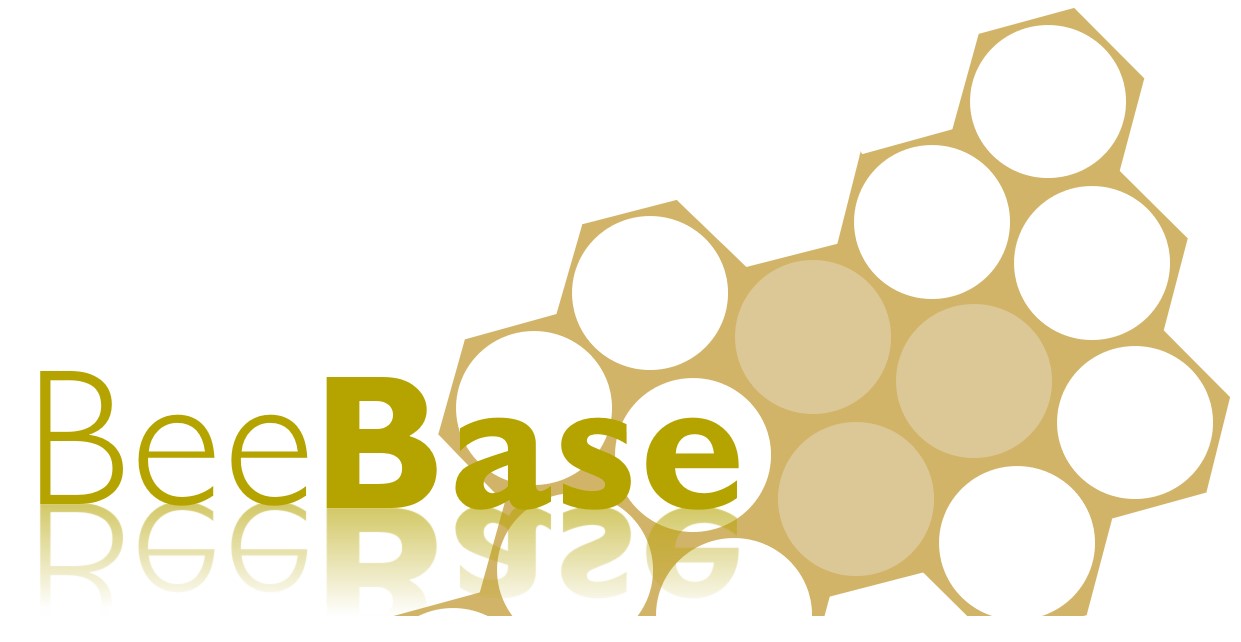Scientific and diagnostic support is provided by Fera Science Limited. Fera Science Limited are the designated National Reference Laboratory (NRL) for bee health in Great Britain, as stated in articles 100 and 101, of the retained Official Controls Regulations ((EU) 2017/625 (OCR)). As such, the NRL (Fera Science Ltd) are accredited to the ISO 17025 standard for diagnosis of foulbrood samples. The diagnostic team provide a rapid, modern diagnostic service for both the NBU Inspectorate and beekeepers.
Diagnostic tests are carried out according to the principles established by the Office International des Epizooties, now known as the World Organisation for Animal Health. The OIE is the world organisation responsible for standardising diagnostic tests for animal pests and diseases and oversees the rules governing trade.
Diagnosis of Foulbrood Diseases
Honey bees are affected by a number of pests and diseases, some affecting the developing brood, and others the adult bees. American and European foulbrood (AFB and EFB) are two serious bacterial diseases of honey bee brood and are notifiable under the Bee Diseases and Pests Control Orders 2006. This means that there is a legal obligation to report foulbrood if it is suspected in a colony; for more information on identifying signs of foulbrood, please read our advisory leaflet on foulbrood disease.

Appointed Bee Inspectors (ABIs) examine honey bee colonies in the field for signs of AFB and EFB. Colonies suspected to have either AFB or EFB can be tested for presence of the causative bacteria, Paenibacillus larvae (Pl) and Melissococcus plutonius (Mp) respectively, by using a lateral flow device (LFD) on a suspect larva in the field. Alternatively, larval samples can be sent to the laboratory, where they are tested for the presence of Mp and Pl microscopically. Samples submitted from ABIs to the laboratory are statutory samples, but beekeepers can submit voluntary samples.
Once the presence of Mp and Pl has been confirmed, they are further characterised into their sequence types. DNA is extracted from all EFB and AFB samples submitted into the laboratory and a Polymerase Chain Reaction (PCR) is performed to amplify certain sections of bacterial DNA for subsequent sequencing and Multi-Locus Sequencing Typing (MLST) analysis. This analysis allows identification of the bacteria involved in an outbreak down to the strain level. Learn more about how this information is used for research into EFB transmission on our research projects page.
Exotic Pests
There are two species of exotic pest that, although not currently present in the UK, represent a significant risk to the UK beekeeping industry. For this reason, these pests are statutory notifiable, and the NBU undertakes a program of surveillance to monitor for their presence.

These statutory notifiable pests are the small hive beetle and Tropilaelaps spp. mites. The small hive beetle (SHB), Aethina tumida, is a damaging hive pest which was accidentally imported into Italy in 2015, where it persists today. Tropilaelaps spp. mites are native to Asia, but have not been found in the UK. However, the mite has recently been discovered in Europe. If either of these pests are introduced into the UK, they could potentially cause major economic damage to the apiculture sector if they became established.
The NBU carries out active surveillance for these pests and sends floor debris and sugar roll samples to the laboratory at Fera, where they are screened for both Tropilaelaps spp. mites and SHB. In addition, a network of sentinel apiaries maintained by beekeepers throughout England and Wales, from which floor debris samples are sent in twice a year and examined for signs of exotic pests.
Beekeepers are strongly encouraged to monitor their own hives for presence of small hive beetle, and Tropilaelaps mites.
Imported Bees
Attendant worker bees that have been imported with queens from designated third countries are sent to Fera. Diagnosticians will examine these for the presence of exotic pests. To learn more about the process of importing honey bees safely and helping to avoid introducing invasive pests into the UK, please see our guidance on Imports and Exports.
To learn more about ongoing honey bee research projects at Fera Science Ltd, in collaboration with NBU, please see the research projects page.
To learn more about exotic pests, read our advisory leaflets on small hive beetle and Tropilaelaps.
If you suspect foulbrood in any of your colonies, you must contact the NBU immediately; please contact us here.
